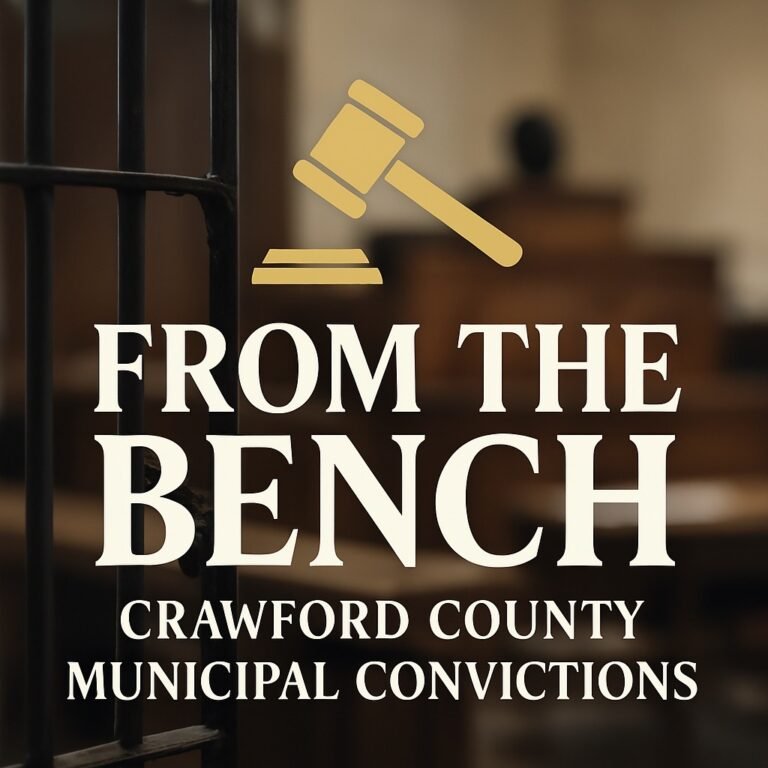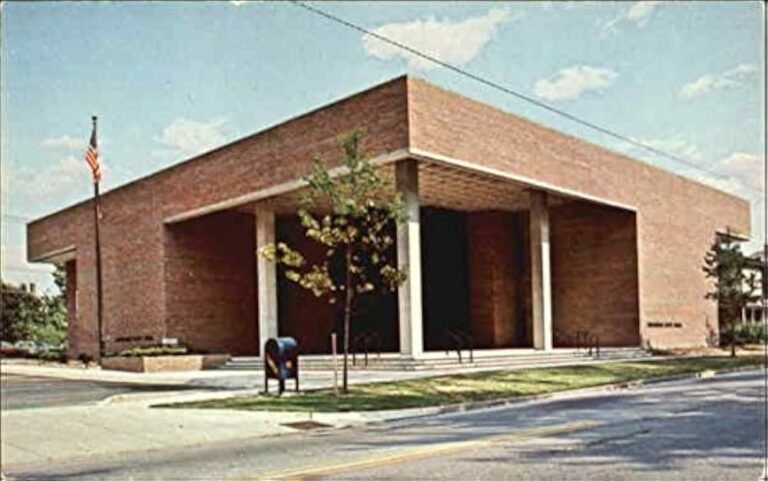
By April Rodgers
Content Coordinator, FreeWire Magazine
May is National ALS Awareness Month. No, I don’t know anyone personally who has it.
When I first started thinking about ALS Awareness Month at the beginning of May, I began asking around—friends, family, coworkers—but no one I know knows anyone who’s been affected. As of this writing, I still haven’t found a single connection.
But that doesn’t mean I get to ignore it—and neither should you.
Because ALS is still out there. It's still a death sentence.
What Is ALS?
ALS stands for Amyotrophic Lateral Sclerosis—a mouthful of a name for a disease that strips you of your ability to move, speak, eat, and eventually breathe, while your brain stays painfully aware of it all. There’s no cure. No treatment to stop it. Once you’re diagnosed, the clock starts ticking—most people live just 2 to 5 years after.
They call it Lou Gehrig’s Disease, named after the iconic New York Yankees first baseman who was diagnosed in 1939 at the height of his career. His farewell speech is still one of the most hauntingly beautiful moments in sports history: “Today I consider myself the luckiest man on the face of the earth.” That quote became part of the American story—but so did ALS.
Famous Names, Real People
Lou Gehrig gave ALS its name, and decades later, physicist Stephen Hawking gave it visibility. Diagnosed at just 21, he lived an astonishing 55 years with ALS—long enough to become a symbol of mind over matter. But make no mistake: his experience was the exception, not the rule.
Steve Gleason, the former NFL safety, became a fierce advocate after his diagnosis in 2011. He’s now non-verbal and wheelchair-bound, but still fighting—for his family, and for a cure. O.J. Brigance, Dwight Clark, and Jazz Jennings’ grandfather—the list goes on. Those are just the names you may know.
Because most people with ALS aren't famous. They're our neighbors, coworkers, and family members. They don't get TV specials or viral videos. They get a diagnosis—and then they start saying goodbye.
Why You Should Care Even If It’s Not In Your Circle
Life is loud. Busy. We don’t have time to chase every cause that pops up online. But ALS isn't about trends—it's about truth.
The truth is, ALS is rare—but not rare enough. Every 90 minutes, someone in the U.S. is diagnosed. Every 90 minutes, someone dies from it. It doesn’t care about your age, race, income, or plans for the future.
It’s relentless. Unless you're watching it happen to someone you love, you probably won't see it at all.
That’s the problem.
The Ice Bucket Challenge is Back—And So Is the Conversation
Remember the Ice Bucket Challenge? Back in 2014, people were dumping freezing water over their heads to raise money for ALS. It wasn’t just a viral stunt—it worked. It raised over $220 million worldwide and jumpstarted new research, gene discoveries, and clinical trials. It mattered.
A few weeks ago, I noticed it happening again—Bucyrus High School Head Football Coach Jon Butchko took the challenge. That splash of cold water might seem silly to some, but it’s doing exactly what it’s supposed to: making people see ALS again.
Because this disease doesn’t stop. Neither can we.
What You Can Do
- Read about ALS. Just knowing the signs can save someone months of frustration and misdiagnosis.
- Donate to real research. Organizations like the ALS Association and Team Gleason are funding the fight.
- Talk about it. Post something. Share a story. Do the challenge. It all matters.
When It Gets Personal, It’s Too Late
ALS isn’t dramatic. It’s not loud. It creeps in, takes over, and doesn’t let go. It doesn’t care if you’re a pro athlete, a genius physicist, or a working-class dad from Ohio. There’s no cure. No survivors.
But there’s still hope—because there’s us.
We keep talking. We keep fighting. Even if we don't know someone yet, the odds say one day we will.
When hat day comes, I want to be able to say I didn’t ignore it.
You shouldn’t either.



















